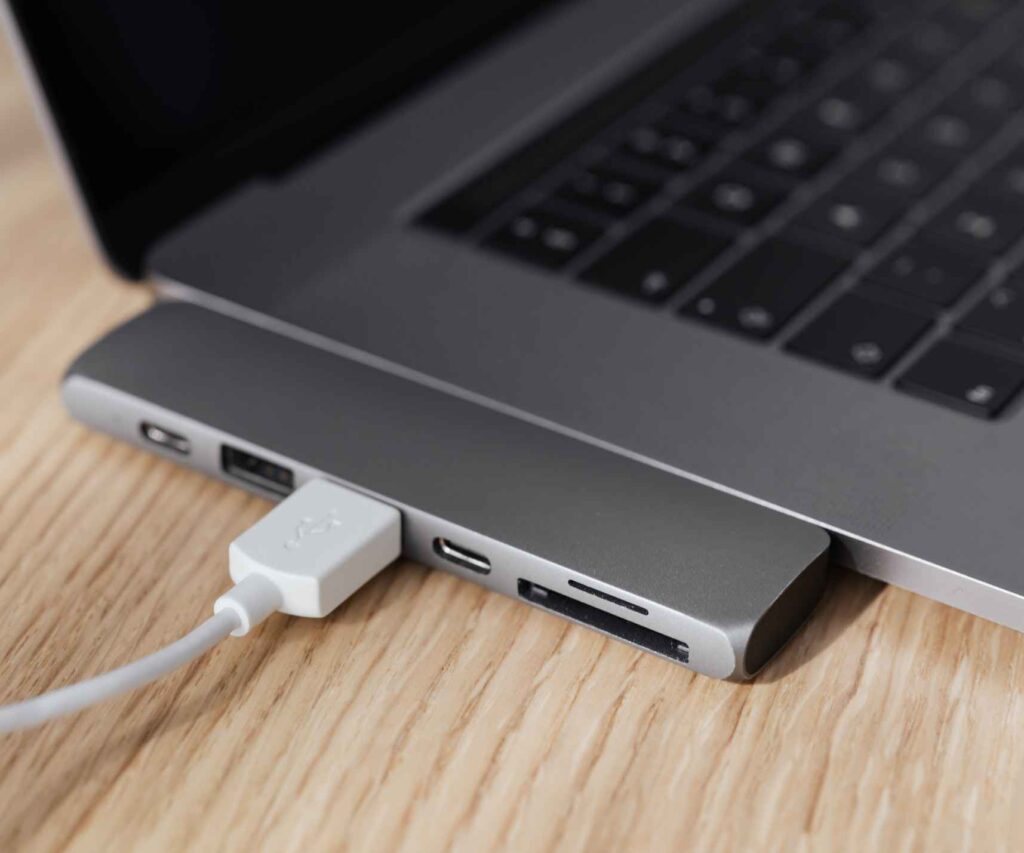With the advances in technology, USB sockets and cables have become more prevalent in our daily lives. They have made our lives much easier. We use them to charge our phones, transfer data between devices, and even power some devices.
But do USB sockets or cables draw power when not in use? This is a question that many people have been wondering about, especially with the rise of USB-powered devices.
The answer is yes. The USB socket will constantly draw some power while waiting for a device to be plugged in unless there is a physical switch on it. However, this power draw is so small that it’s unlikely to have any impact on your electricity bill.
In this blog post, we will explore the answer to this question and also answer some related questions like do USB cables draw power when not in use?

Do all USB sockets draw power when not in use?
Yes, all USB sockets draw power when not in use. This is because the USB socket constantly waits for a device to be plugged in.
They are quite unlikely not to. By design, almost all AC to DC converters only draws a tiny amount of idle current when no devices are being charged.
Better designs use less power while some more expensive ones use more, but as said earlier unless there is some switch. The socket will always use some power while waiting for a device to be plugged in.
How much power does the USB socket draw when not in use?
Now you know that since USB sockets draw power even when not in use, the next logical question is how much power do they actually consume?
The USB socket draws a tiny amount of power when not in use. With nothing plugged in, modern USB chargers draw only about 0.05 watts from the wall, and some even low than that.
This means the USB socket will consume about 0.05 watts when not in use. To put this into perspective, a 60-watt light bulb will consume 60 watts of power. Now compare that to socket it is nothing.
It will charge you like 5 cents per year, not even 1 dollar. So even if you have a lot of USB sockets in your home. They won’t have a significant impact on your electricity bill.
Do USB cables draw power when not in use?
USB cables will have to be plugged into some kind of charger or USB port to function. Therefore, the amount of power drawn by the cable will depend on the adapter or the USB port.
If the USB is not plugged into anything then it will act as an open circuit. USB cables by themselves don’t draw almost any power.
It is the USB charger or USB port that will determine how much power is drawn by the USB cable as explained above USB port draws a tiny amount of power while waiting for the device to be plugged.
Is it bad to leave the cable plugged in?
It is perfectly fine to leave USB cables plugged in. It won’t be harmed. There are no disadvantages to leaving a USB cord plugged into a CPU or an adapter with nothing at the other end.
A lot of people have this habit because it is very convenient. When you need to charge your phone or transfer data, the USB cord is already there. I also have my cable plugged into the charger all the time, and nothing bad has happened so far.
Conclusion
I hope you found this article helpful. In theory, USB sockets and cables do draw power when not in use but the amount is so small that it is unlikely to have any impact on your electricity bill.
In the case of USB cables, it will depend on what it is plugged into. If it is plugged into nothing then it will act like a socket.
This is the reason why you don’t get any kind of notification on your laptop or computer when you plug in a USB cable and don’t connect anything to the other end like a smartphone.
